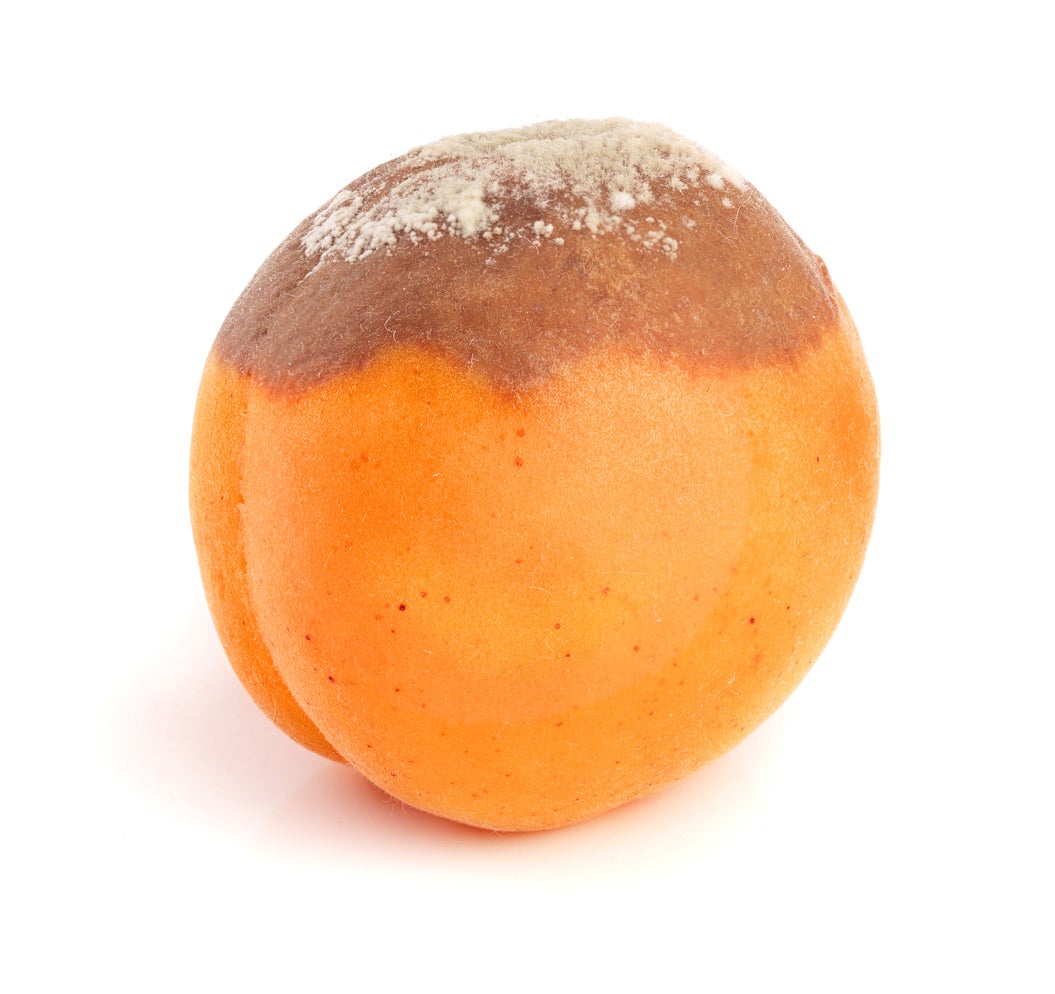Apricot Brown Rot Treatment: What Causes Apricot Brown Rot


Homegrown apricots are so much better than anything you can get in the store. If you grow them yourself though, you have to contend with all kinds of problems you don’t see in the produce aisle. Apricots are prone to several serious diseases, and it’s vital to know how to fight them. Keep reading to learn more about what causes apricot brown rot and how to combat brown rot on apricot trees.
What Causes Apricot Brown Rot?
Apricot brown rot is caused by the fungus Monilinia fructicola, a fungus that affects most stone fruits. Apricot brown rot symptoms start appearing in the spring, soon after blossoms open. The blossoms turn brown and die, sap exudes from the flower bases, and brown cankers may form on the adjacent twigs.
Fruit set will be much lower than normal. Young apricots are usually unaffected, but as the fruits mature, they become more susceptible. They will develop soft brown spots that spread and become covered in powdery spores. The fruit will rot quickly and become mummified, often remaining attached to the stem.
How to Prevent Brown Rot on Apricot Trees
Since the fungus spreads easily and remains present in cankers and mummified fruits, it’s important to keep trees cleared of infection. Remove all mummified apricots with brown rot from the tree and beneath, and prune away any stems with cankers.
Pest control is also crucial, as insect bites damage the fruits and give the fungus easy access. Fungicidal spray is very effective, especially for apricots, which are especially prone to brown rot during the blossoming phase. It’s recommended that you spray once before blossom, and once again during blossom if the weather is warm.
After harvest, it’s best to store apricots as close to freezing as possible to prevent the spread of spores that might be present.
Sign up for the Gardening Know How newsletter today and receive a free copy of our e-book "How to Grow Delicious Tomatoes".

The only child of a horticulturist and an English teacher, Liz Baessler was destined to become a gardening editor. She has been with Gardening Know how since 2015, and a Senior Editor since 2020. She holds a BA in English from Brandeis University and an MA in English from the University of Geneva, Switzerland. After years of gardening in containers and community garden plots, she finally has a backyard of her own, which she is systematically filling with vegetables and flowers.